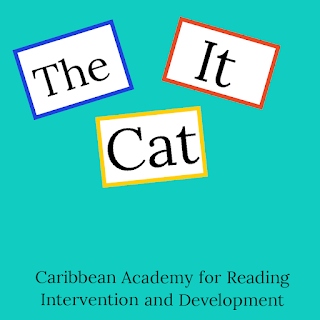Decodable Texts

What Are Decodable Texts? Decodable books are controlled texts that young readers can decode at each level as they develop literacy by sounding out the letters in the text and combining them to form words. Children can put what they have learned into practice by using decodable books. Simply said, they are reading exercises. It is known that a great approach to absorbing information and honing skills is through practice. Books that can be decoded provide reading practice. Beginning readers who are honing their blending and segmenting abilities and learning the alphabetic code are the target audience for decodable texts. Decodable texts use continuous, understandable text to assist pupils while they practise. The percentage of words in decodable texts that use the letter-sound correlations that children have learned is extremely high. As a pupil gains more understanding of the phonetic code, decodable texts become more difficult. Decodable text can be described as a sort of ...



